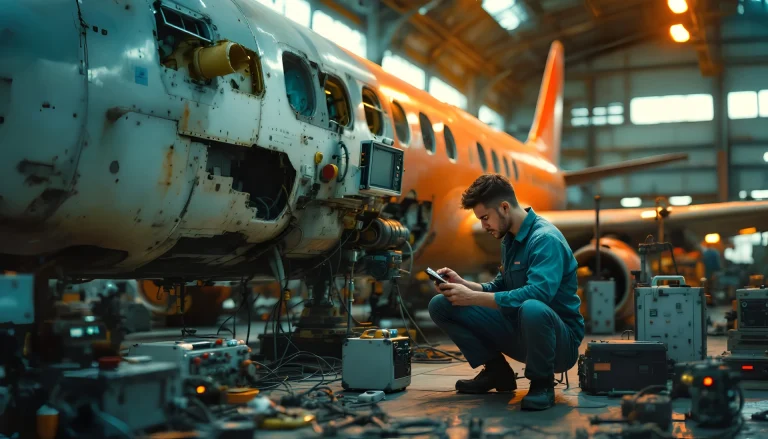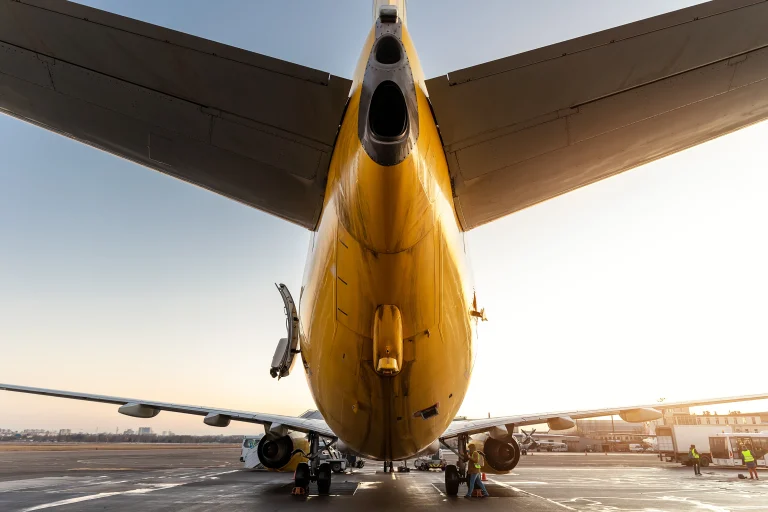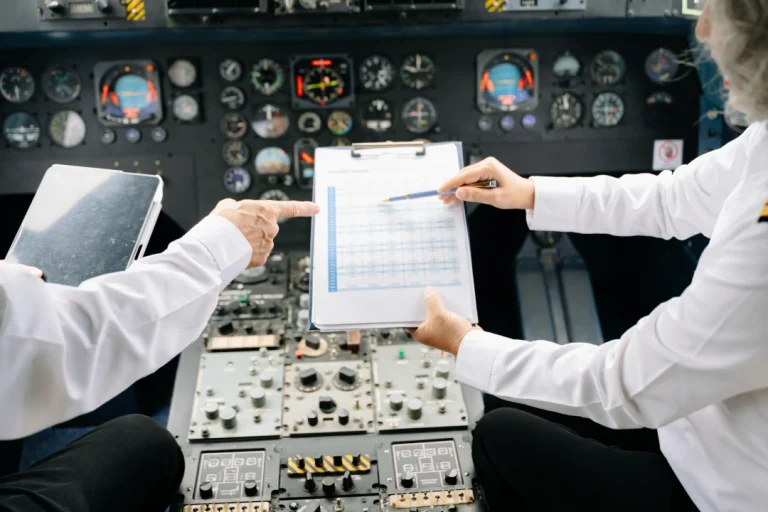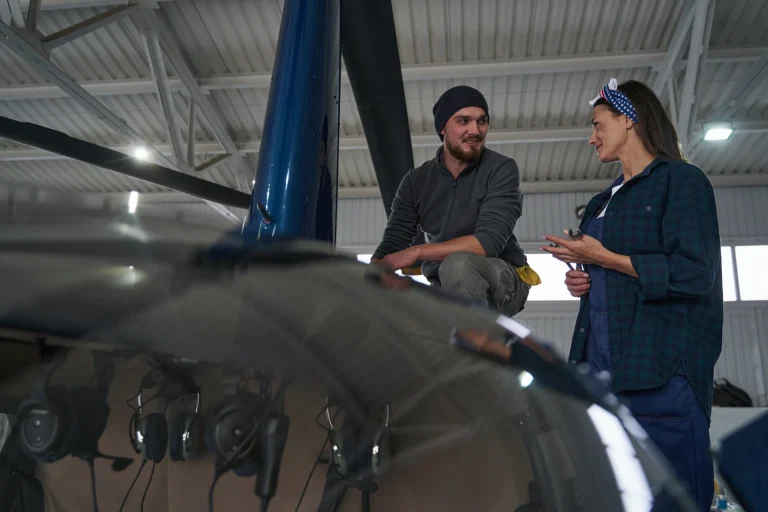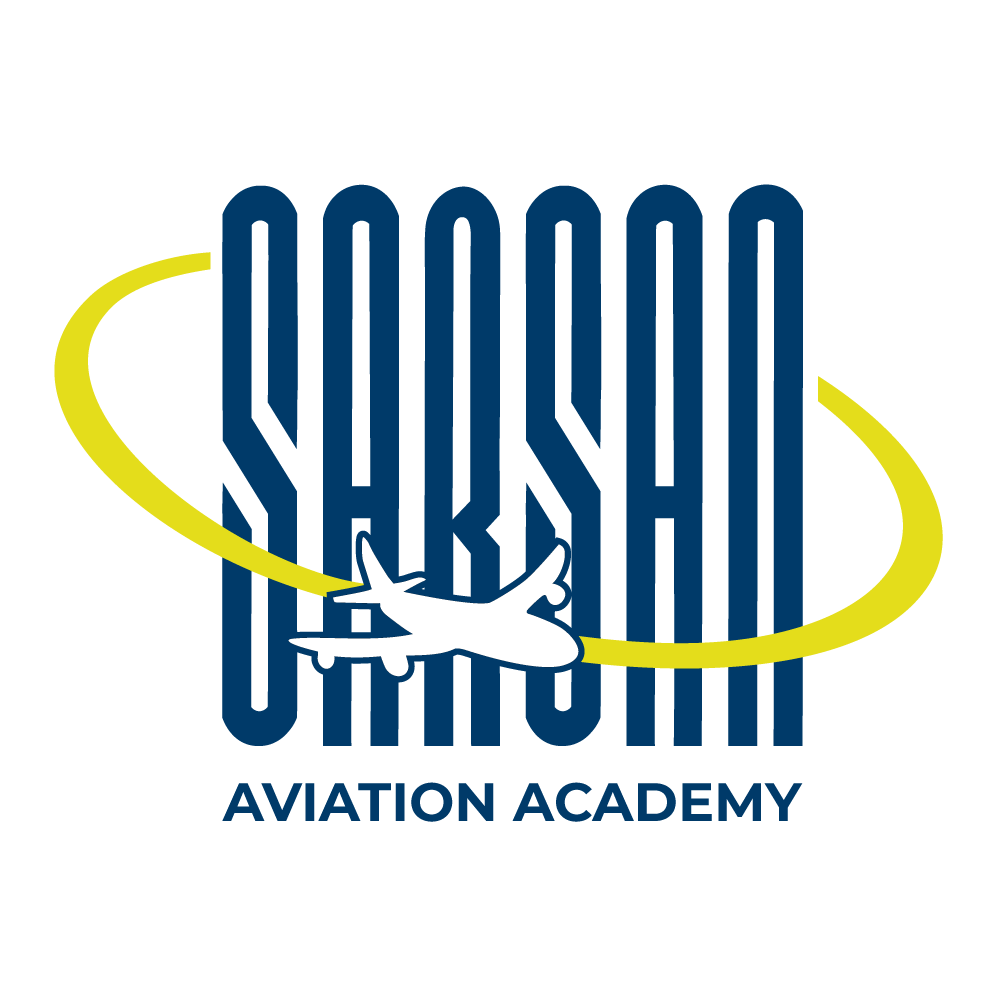Choosing between Aircraft Maintenance Engineering (AME) and Aerospace Engineering can be a challenging decision for aspiring aviation professionals. Both fields are integral to the aviation industry, but they involve different roles, responsibilities, and career trajectories. Whether you’re interested in hands-on aircraft maintenance or designing cutting-edge aerospace technology, understanding the key differences will help you make an informed choice. This guide will break down the two career paths, highlighting job roles, required skills, and future prospects.
What is Aircraft Maintenance Engineering (AME)?

Aircraft Maintenance Engineering (AME) is a highly specialized field focused on ensuring that aircraft are safe, reliable, and ready for flight. AMEs are responsible for maintaining, inspecting, and repairing aircraft, including everything from engines and landing gear to avionics systems.
Primary Role: AMEs perform scheduled maintenance, troubleshoot mechanical issues, repair faulty components, and ensure that aircraft comply with safety regulations. They work on various aircraft, including commercial jets, private planes, and helicopters.
Certifications: AMEs typically need certifications like EASA Part-66, FAA A&P License, or GCAA approval, depending on where they work.
Work Environment: AMEs work in Maintenance, Repair, and Overhaul (MRO) facilities, hangars, and airports, where they conduct inspections and repairs.
Key Responsibilities of an AME:
- Perform routine maintenance and safety checks on aircraft
- Diagnose and troubleshoot aircraft systems and components
- Repair or replace faulty components
- Ensure aircraft compliance with aviation safety regulations
- Keep detailed maintenance logs and reports
Required Skills for AMEs:
- Technical expertise: Understanding of aircraft systems such as engines, hydraulics, avionics, and airframes.
- Attention to detail: Meticulous attention is required to ensure aircraft safety.
- Problem-solving skills: Ability to troubleshoot and fix complex issues.
- Physical dexterity: Hands-on work often requires physical agility, working in confined spaces or at heights.
Career Path for AMEs: The career path for AMEs is relatively linear. After gaining the required certification and on-the-job experience, AMEs can advance to higher roles, such as:
- Senior Aircraft Maintenance Engineer
- Quality Assurance Engineer
- Maintenance Manager
- Chief Engineer
Experienced AMEs may also move into training roles, instructing the next generation of maintenance professionals.
What is Aerospace Engineering?
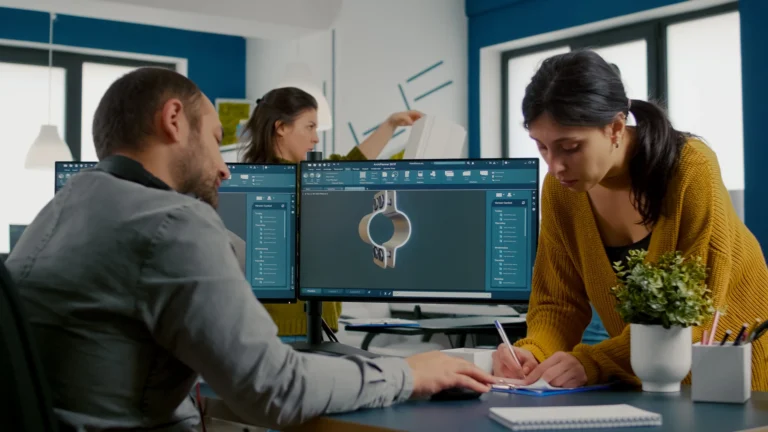
Aerospace Engineering is a broader field that focuses on the design, development, and testing of aircraft, spacecraft, and other aviation-related technologies. Aerospace Engineers may work on anything from commercial airplanes to satellites and rockets.
Primary Role: Aerospace Engineers are involved in the research and development of aircraft and spacecraft. They design new aircraft models, improve existing systems, and work on cutting-edge technologies like unmanned aerial vehicles (UAVs) and space exploration systems.
Specializations: Aerospace Engineering can be divided into two main branches:
- Aeronautical Engineering – focuses on the design and development of aircraft that operate within Earth’s atmosphere.
- Astronautical Engineering – focuses on spacecraft and systems that operate beyond Earth’s atmosphere.
Work Environment: Aerospace Engineers typically work in laboratories, offices, and manufacturing facilities. They are often employed by aerospace manufacturers, government agencies, and research institutions.
Key Responsibilities of an Aerospace Engineer:
- Design, develop, and test aircraft, spacecraft, and related technologies
- Analyze aerodynamic performance, structural integrity, and propulsion systems
- Conduct research to improve aircraft safety and efficiency
- Use computer-aided design (CAD) software for simulations and modeling
- Collaborate with other engineers to ensure compliance with regulations
Required Skills for Aerospace Engineers:
- Mathematical and analytical skills: Strong background in mathematics, physics, and engineering principles.
- Creativity: Ability to design and innovate new aircraft systems and technologies.
- Attention to detail: Like AMEs, Aerospace Engineers must be precise in their designs and calculations.
- Computer proficiency: Expertise in CAD software and simulation tools is essential.
Career Path for Aerospace Engineers: Aerospace Engineers have various career paths, depending on their specialization. After obtaining a degree in Aerospace Engineering, they can work in:
- Aircraft design and development
- Space exploration
- Unmanned aerial systems (UAVs)
- Government research and defense agencies
- Project management roles
Aerospace Engineers may advance to roles such as:
- Lead Engineer
- Project Manager
- Chief Technology Officer (CTO)
Many Aerospace Engineers also pursue advanced degrees or certifications to further specialize in niche areas like propulsion systems or space technology.
Key Differences Between Aircraft Maintenance and Aerospace Engineering
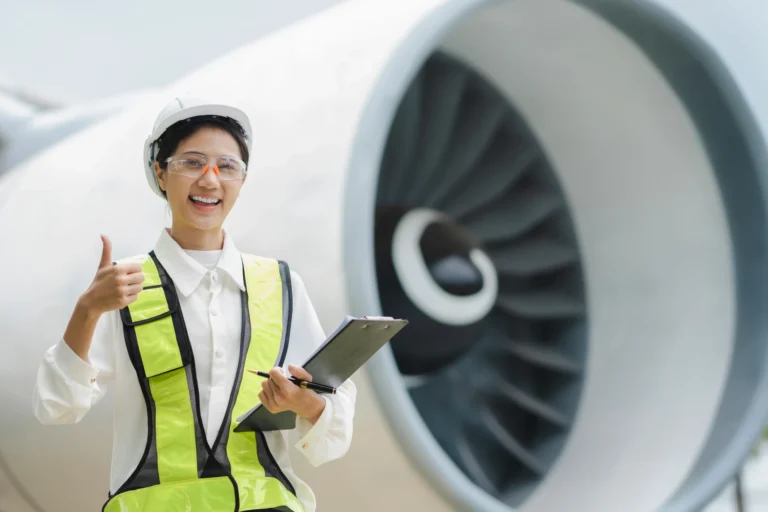
Both Aircraft Maintenance Engineering and Aerospace Engineering are essential to the aviation industry, but they differ significantly in terms of responsibilities, education, and career prospects.
Aircraft Maintenance Engineering (AME)
Hands-on maintenance and repair of aircraft- Work Environment: Airports, MRO facilities, hangars
- Certifications: GCAA, EASA Part-66, FAA A&P License
- Skills: Technical expertise, problem-solving, physical dexterity
- Career Path: Senior AME, Maintenance Manager, Chief Engineer
- Job Focus: Keeping aircraft airworthy and safe
- Salary Potential: Moderate to high, depending on experience
- Global Opportunities: High demand for certified AMEs worldwide
Aerospace Engineering
Design, development, and testing of aircraft and spacecraft- Work Environment: Offices, laboratories, manufacturing plants
- Certifications: Bachelor's degree in Aerospace Engineering
- Skills: Analytical thinking, creativity, CAD proficiency
- Career Path: Lead Engineer, Project Manager, CTO
- Job Focus: Designing and improving aircraft systems
- Salary Potential: High, especially with experience and advanced degrees
- Global Opportunities: Opportunities in aerospace companies, defense contractors, and space exploration
Which Career Path Should You Choose?

Choose Aircraft Maintenance Engineering if:
- You enjoy hands-on work and solving mechanical problems.
- You are detail-oriented and want a career where safety is paramount.
- You prefer working directly with aircraft, ensuring they are safe to fly.
- You’re looking for a practical career with clear progression in aviation maintenance.
Choose Aerospace Engineering if:
- You have a strong interest in designing and building aircraft or spacecraft.
- You enjoy theoretical work, research, and development of new technologies.
- You want to work in aerospace industries, including aviation, defense, or space exploration.
- You’re passionate about innovation and cutting-edge technology in aviation.
Take the First Step Towards an Exciting Career
Don’t let uncertainty hold you back from pursuing a fulfilling and dynamic career. With Aircraft Maintenance Engineering, you can turn your passion for aviation into a profession that offers endless opportunities.
Conclusion
Both Aircraft Maintenance Engineering (AME) and Aerospace Engineering offer exciting career paths in the aviation industry. The choice between the two depends on your interests and strengths. If you prefer hands-on technical work, AME might be the perfect fit. However, if you’re fascinated by designing and innovating new aircraft or spacecraft technologies, Aerospace Engineering may be the path for you.
Whichever path you choose, Sarsan Aviation Academy offers accredited Aircraft Maintenance Engineering courses that can set you on the right path to a successful aviation career.
